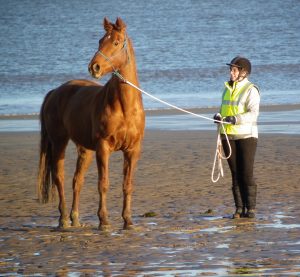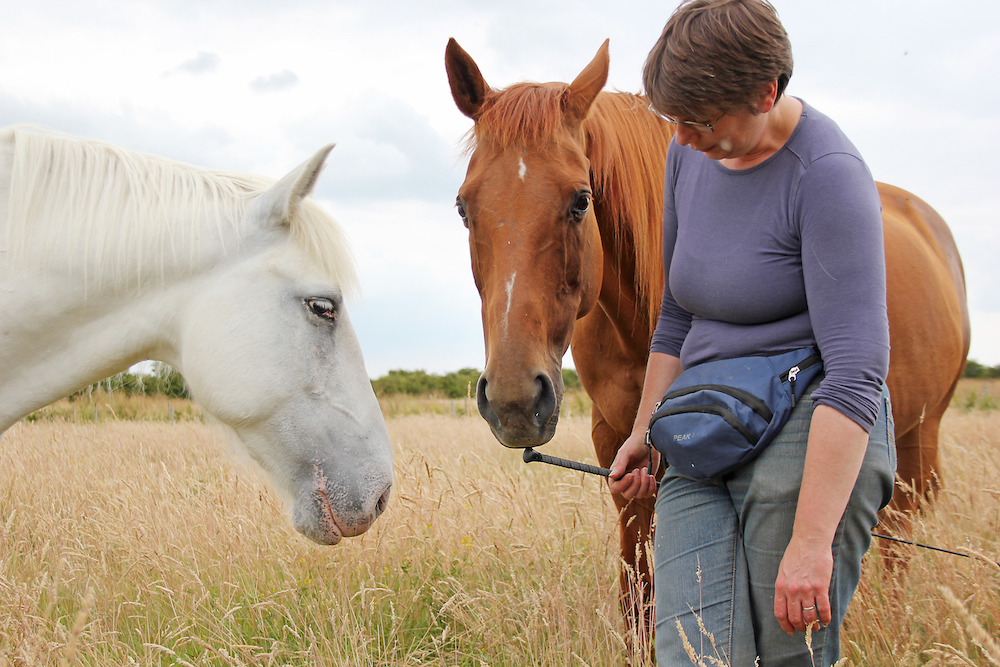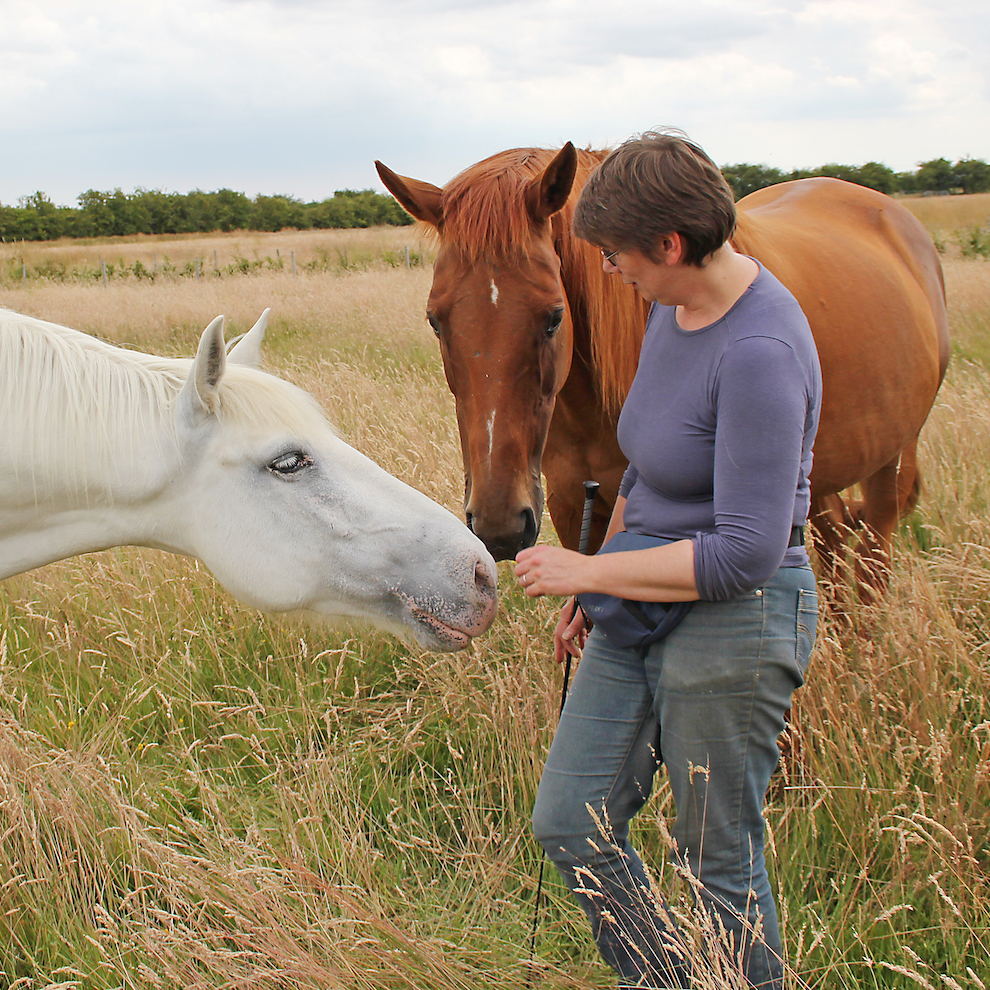Recently I had to create a new online account, I chose my username and password and clicked submit. I then received an error message saying that my password did not comply with their requirements. I was used to making passwords out of uppercase and lowercase letters and numbers, but they also required a special character. I am all for complex passwords, I was not averse to their rules, only to the way they chose to wait until I had ‘failed’ their rules before informing me of what they were. So before I had even logged in I was feeling slightly annoyed and negative about the whole process.
How often do we do this with our horses?
A few years ago I was at an equine event where a horsemanship trainer was giving a demo. He was given one of the centre’s lovely young horses to work with. Fitted with a well known brand of horsemanship halter and a 12ft line the horse stood in the arena. She was fairly calm and relaxed though clearly curious about the crowd watching her. The trainer explained that the horse needed to learn to follow calmly and quietly behind him and then with no warning he stepped back past the horse and started walking. The horse instantly felt the sharp pull across her nose and having her head whipped round her body followed. Gone was the calm relaxed horse, she was now tense and anxious, her head came up and her jaw was tight, her body shortened and her tail clamped down. Feeling the continued pull on her nose she jogged after the trainer.
As soon as she caught up with the trainer, the trainer suddenly changed direction and the horse again felt the pull of the halter on her nose and spun round shuffling after the trainer.
It only took a few more minutes of this before the horse, anticipating the pull of the halter, started turning to follow the trainer before it could hurt her. At this point the trainer stopped and exclaimed to the crowd how well he had taught the horse to obey him. The horse now stood in the arena still anxious and keeping a tense and watchful eye on the trainer in case he made any more sudden moves.
I would like to say that this is an extreme example but I have seen cases like this countless times. Horse being allowed to fail without first being shown the path to success. Horses admonished for doing something their owner didn’t want without first being shown what they did want? How many times have we seen, or done this ourselves, perhaps told our horse off for not standing still at the mounting block when we have not taught them to stand quietly there in the first place.
Does it sound familiar?
How do we set up for success?
I like to think of training as facilitating learning. The definition of to facilitate is ‘to make easier  or less difficult; to help forward, to assist the progress of’. So if we approach training with this mindset, we can be open to doing everything we can to make training a stress free and rewarding experience. Creating an environment for our horses to make a choice and for positively rewarding for that choice.
or less difficult; to help forward, to assist the progress of’. So if we approach training with this mindset, we can be open to doing everything we can to make training a stress free and rewarding experience. Creating an environment for our horses to make a choice and for positively rewarding for that choice.
So if that young horse was encouraged to move forward with an open posture from the trainer and then rewarded for choosing to take a step, how long before she would be looking forward to the next step and the next step in a quiet and unstressful way?
So next time you are with your horse and things aren’t going quite right ask yourself if you are facilitating or failing?


